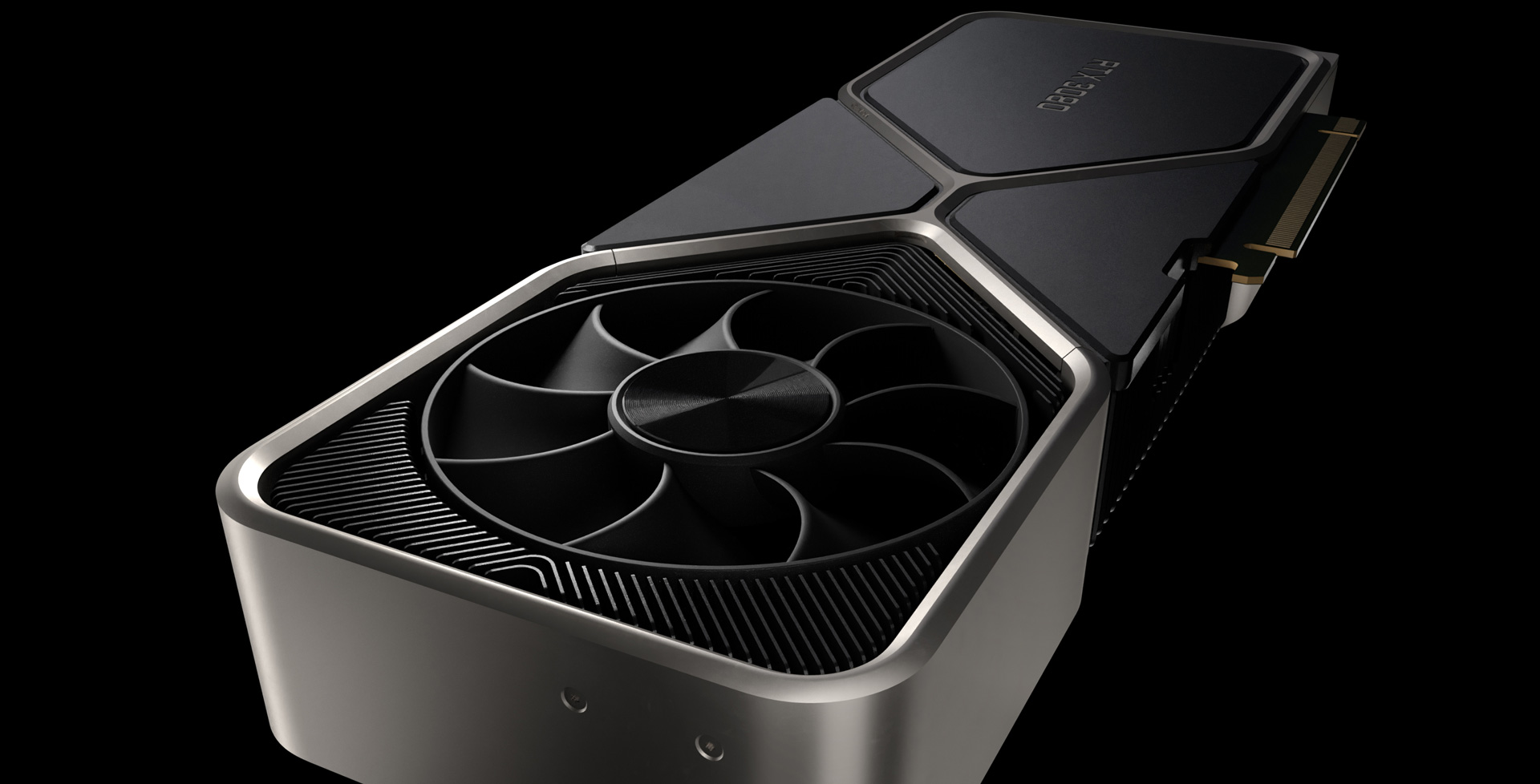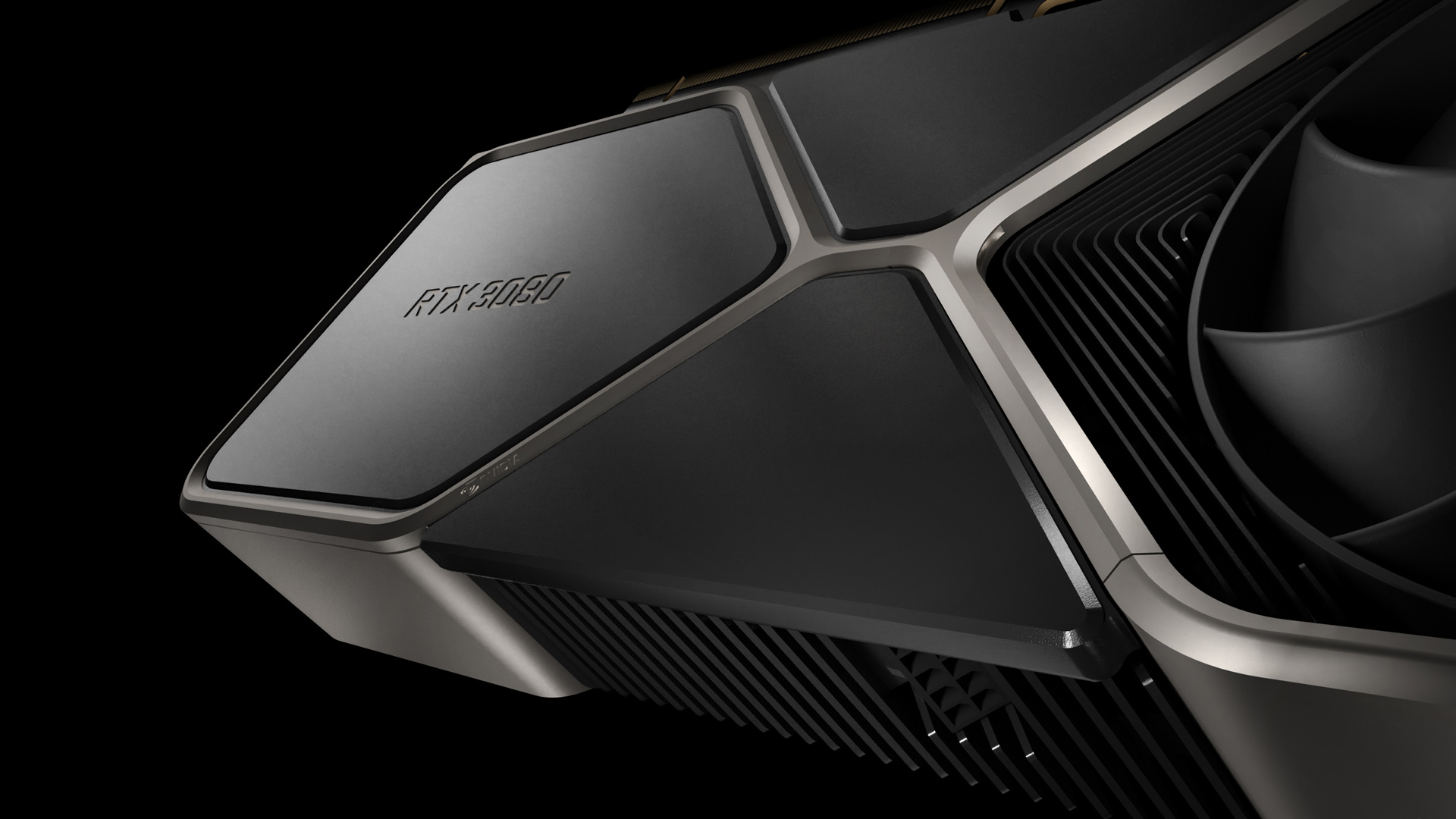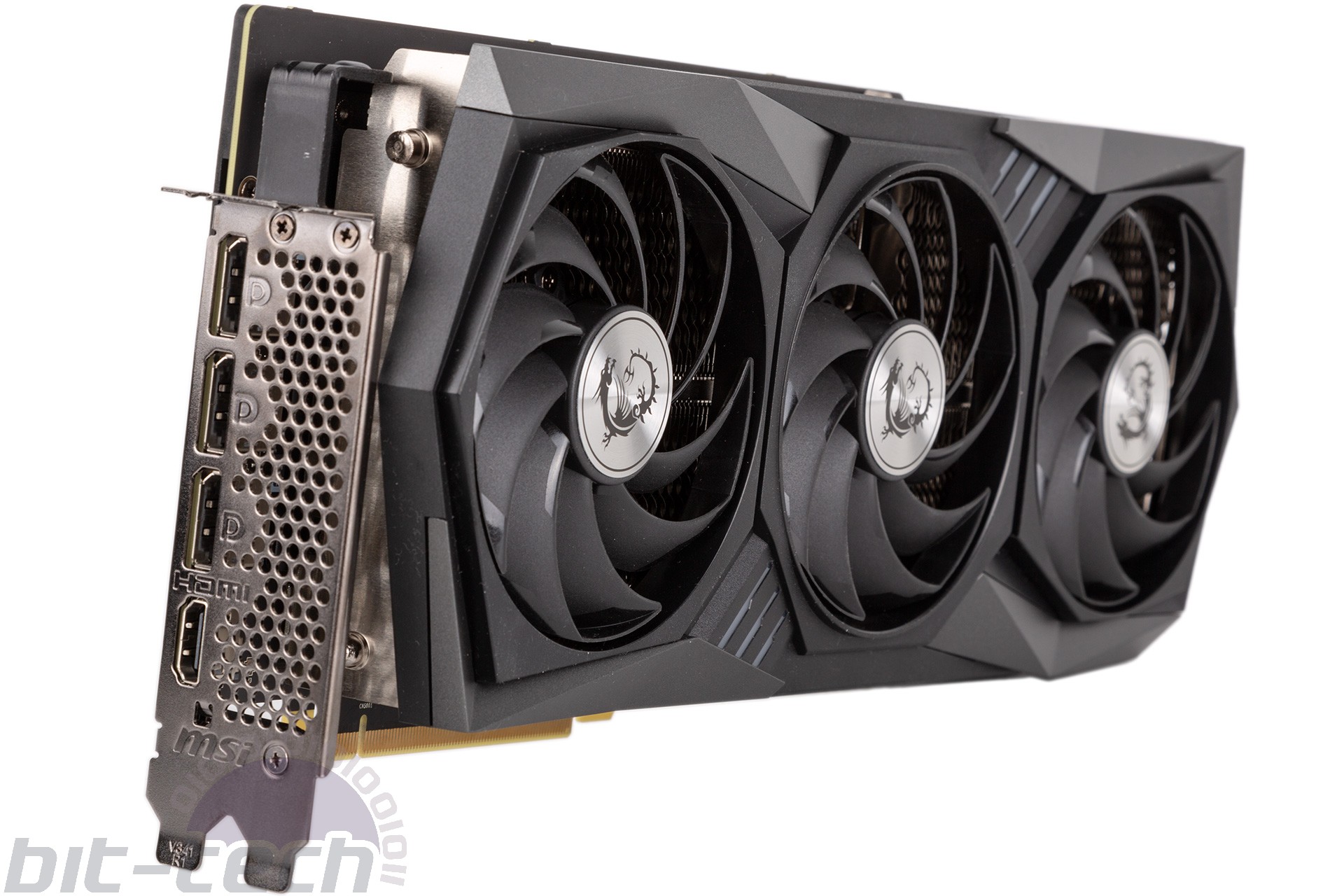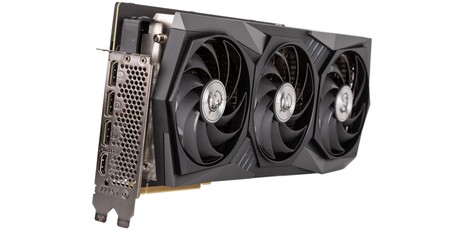Conclusion (RTX 3080)
The RTX 3080, quickly followed by the RTX 3090, has kicked off what looks to be a thrilling end of the year for gamers, and lord knows we need it. The RTX 3070 is due in mid-October, bringing Ampere down to $500, while AMD is set to announce details about its RDNA2 architecture on October 28th. By mid-November, the new Xbox and the PS5 will also both be with us.
Delivering on its promise of 4K 60fps gaming, the RTX 3080 is a real milestone in graphics cards, and although it’s closer to 1.5x as fast as the RTX 2080 instead of 2x the speed, workloads at 4K that leverage ray tracing and/or DLSS can indeed get close to double the performance, as can other games that particularly benefit from the extra CUDA Cores. The RTX 2080 was always a tough card for us to recommend, as neither it nor the RTX 2080 Super offered enough value, especially once the RTX 2070 landed. The RTX 3080, on the other hand, offers completely unmatched value for high-end gaming. Don’t get us wrong, £650-£800 is still a crazy amount for a graphics card, but at least it now gets you an experience like no other. Well, except the RTX 3090, but the price of that is more than double the RTX 3080.

The Ampere architecture tweaks and GDDR6X memory absolutely play their parts here (PCIe 4.0 is a good feature to have, but it’s not a very relevant one for performance at the moment), but even so, the new levels of performance come at the cost of extremely high power consumption for a single GPU. This is never a good thing (for your bills, the environment, or your system’s thermals), but at least there’s an obvious payoff. It’s been easy to criticise AMD for brute-forcing performance in this way when it’s largely been done just to keep up, but here it just gives Nvidia an even bigger lead. That said, it does hand the red team the opportunity to more freely play with large power budgets, assuming they also deliver the goods.
Sadly, this launch has now been tarnished by two issues in particular. Global demand has utterly outstripped supply, with both legitimate customers and bots snapping up everything that’s available from Nvidia and its partners. All are rushing to restock shelves, but many customers have been left disappointed and frustrated. Restocks should be imminent, but to be honest a little patience here goes a long way. The cards will be back in stock within a few weeks or months at worst - not long in the grand scheme - and by not being an early adopter you avoid all the associated pitfalls...
...for example, card stability, the second issue. Whether this is the result of drivers, capacitor configurations, a combination of the two, or something else hitherto unknown remains to be seen, but it certainly looks to be related to sub-par quality control, with Nvidia apparently not actually allowing partners to test their designs in real-world applications to help contain leaks. Again, our specific sample was fine, but other reviewers and customers have run into issues with other cards, and waiting a few extra months for a properly validated card instead of being a guinea pig is no bad thing.

Those issues aside, the RTX 3080 is nevertheless a monster GPU, and at $700 it has disrupted the market with shockingly good price:performance, even if it was partly aided here by the poor value of its predecessor. Either way, the RTX 3080 has delivered a death sentence to the RX 5700 XT, and the upcoming $500 RTX 3070 looks set to be its executioner – assuming it shows up to work long enough to swing the axe. AMD can of course revel in the riches that come with being the arms dealer for both factions of the COVID Console War, but as far as PC gaming goes, the announcement on October 28th cannot come soon enough.
Conclusion (MSI RTX 3080 Gaming X Trio)
Turning to the RTX 3080 Gaming X Trio specifically, it’s clear MSI will benefit along with every other partner from the massive demand here. But for more discerning customers, is the card worth the £110 premium? Well, it certainly could be. Its overclock doesn’t add much performance, but that’s nearly always the case for partner cards, especially with the RTX 3080, which doesn’t have much headroom to begin with. At that point, we look to cooler design, build quality, and features.
The cooler is absolutely on point. It may be massive, but it’s capable of keeping this 340W GPU cool, very quiet, and boosting as high as it can within the power constraints. It also offers ample coverage for the memory chips and power circuitry, and we like the presence of zero-RPM-capable fans too. It’s honestly hard to ask for much more, and while Nvidia’s own cooler design is its quietest yet, this one here is superior if you have the space for it.
Build quality and features are where this card is more questionable. The graphene backplate isn’t as premium looking or feeling as the metal one from the RTX 2000 Series, and the RGB lighting implementation is not great. If a lights display is a priority for you, we’d say look elsewhere. The third 8-pin PCIe connector is also a nuisance and a seemingly unnecessary one, but it’s one most can deal with just fine. It's also a shame not to see a second BIOS for redundancy.

The value proposition of the RTX 3080 Gaming X Trio isn’t great, admittedly, but the underlying GPU’s value is so amazing in the wider market that it makes it look better. As such, it nets our Recommended award – if you’re wanting to build a quiet 4K or high frame rate 1440p gaming system, this is simply a great choice of card.
Trouble is, you’ll struggle to get hold of one. Even MSI at the time of writing is unsure when stock will hit shelves again. The silver lining is that the longer you wait before buying this or any other RTX 3080, the greater chance there is that we'll have more clarity on what's caused the CAPgate stability problems and that it will have been fully addressed by all parties (again, this sample is unaffected, and MSI reckons the new Nvidia driver will do the trick for any that aren't).


MSI MPG Velox 100R Chassis Review
October 14 2021 | 15:04









Want to comment? Please log in.